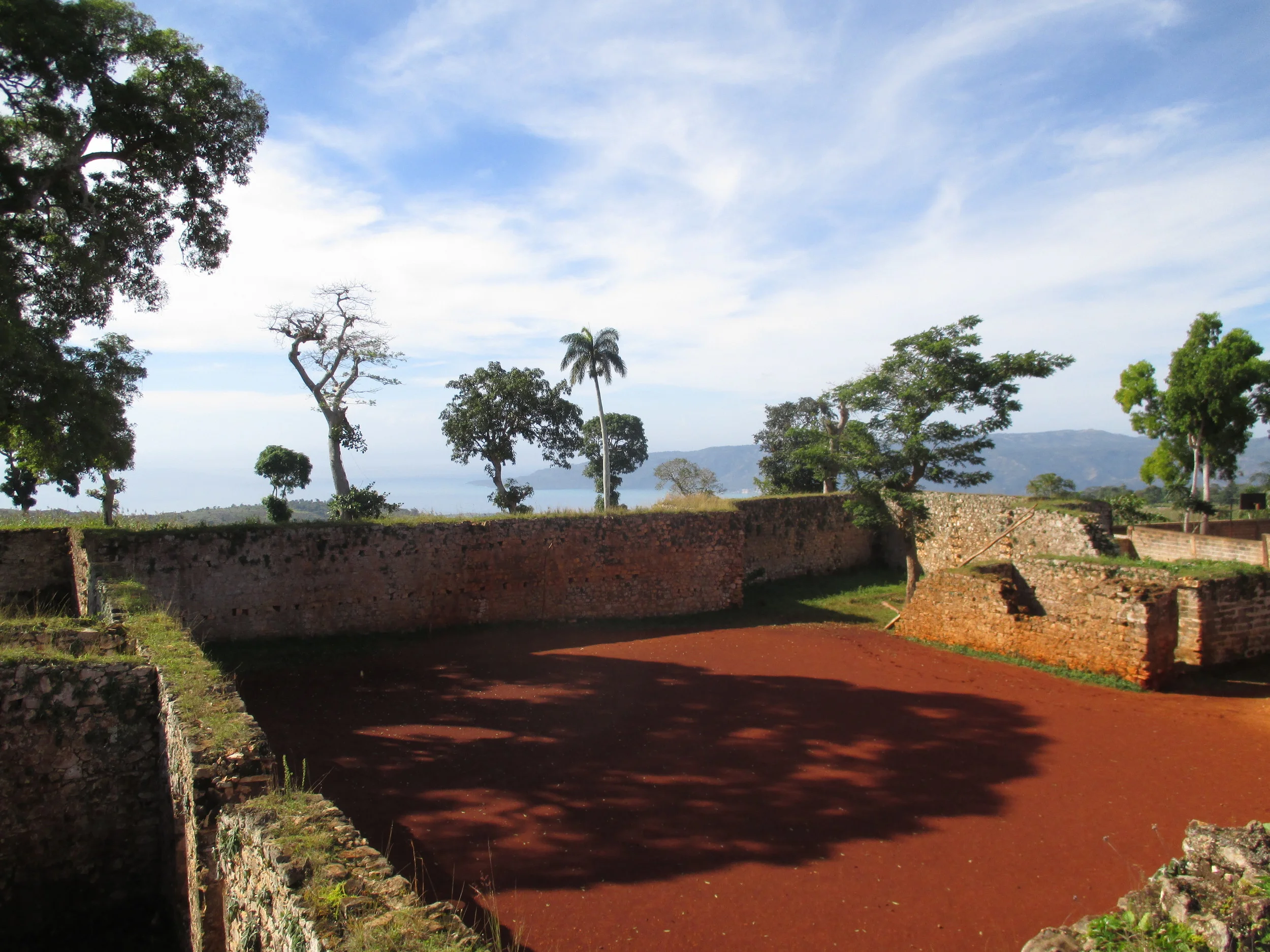Early History of Haiti
Taino
The original inhabitants of Haiti were the Taino – the “noble people.” Taino had complex religious, political and social systems. They called the island Ayiti (the mountainous place). At the time of Columbus’ exploration, the Taino were the most numerous indigenous people of the Caribbean.
Columbus "Discovers America"
Christopher Columbus made his first voyage to the Western Hemisphere in 1942. He first landed in the Bahamas, and then headed south for the coast of Cuba. In December, the Santa Maria hit a reef. Crewmembers had to come ashore. Thus, establishing Fort Navidad, the first European settlement in the Caribbean, near what is now Cap-Haitien, on Christmas Day.
Columbus and Spanish colonists weren’t settlers. They were conquistadors, in search of riches, who dreamed of conquering a strange civilization. The French began making formal claims to the western portion of Hispaniola, with settlers beginning to make money from tobacco and sugarcane -- called “white gold.”
In 1697, Spain formally ceded its claim on western Hispaniola. The French colony of Saint-Domingue was born. By the 18th Century, Saint-Domingue was the richest colony in the world.
Slavery
The colony was a key hub for the “triangular trade” that crisscrossed the Atlantic: European ships sailed to the west coast of Africa with goods, sold in exchange for captive Africans. Slaves were then shipped to the Americas, where ships would load up with sugar, lumber and other goods and return to Europe. Over a Century of rule, the French brought nearly a million slaves to Saint-Domingue. 10% died each year. It was cheaper for the masters to buy new people than keep alive the ones they had. And, unlike cotton in the U.S. South, the sugar-making process was more brutal.
Out of a total of 10-11 million slaves taken across the Atlantic – only 6% were shipped to the United States.
Code Noir
Under French law, slaves were subject to the regulations of the 1685 Code Noir (Black Code). It set out rules concerning things such as the baptism of slaves and when a slave could be freed. These were the Social Classes:
- Grand Blancs (rich planters)
- Petits Blancs (poorer immigrants)
- Affranchis (mulattoes or freedmen who owned ¼ of all slaves)
- Noirs (black slaves)
This structure is important in understanding the Haitian Revolution.

